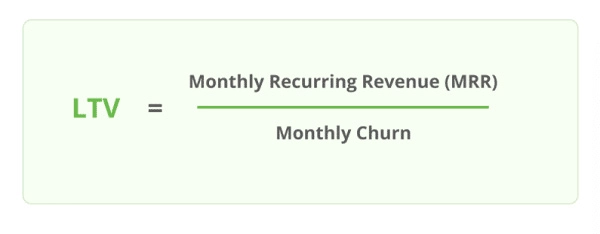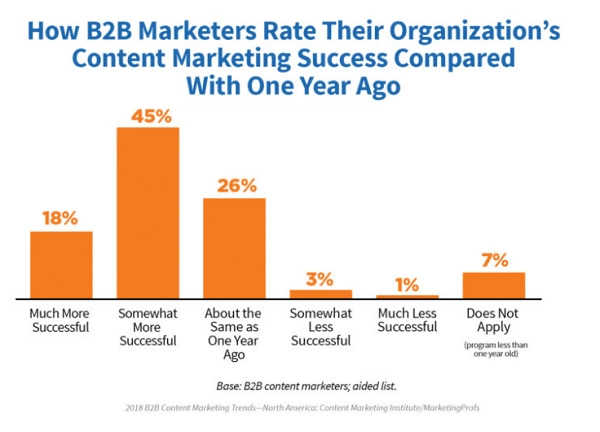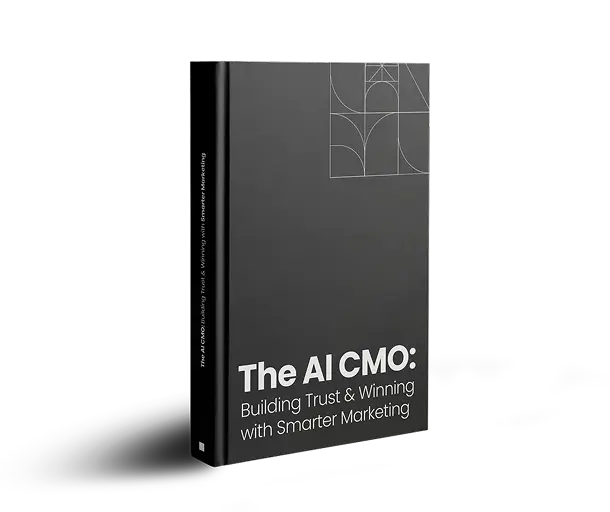
Introduction
Every B2B SaaS company knows that they need to put more cash into marketing to hit their goals, only most don’t.
Not all startups need more money spent on marketing. It is actually a bit of a ‘chicken and egg’ problem: if you don’t have traction, why would you spend more money on a B2B SaaS marketing strategy? And if you haven’t spent money on marketing, how do you know how much you need to spend?
The most common mistake B2B startups make is to spend too little on marketing and too much on account management or sales support. A customer may be worth $1 million in lifetime value, but you never build a business with one customer. You need to get that customer to spread the word.
So, How Much Cash Should You Be Really Spending?
The most popular question in the early stages of starting up is, “How much should I spend on my B2B SaaS marketing strategy?” The answer may not be simple because it relies on too many factors, starting with your position in the market.
- If you are a start-up, it can be difficult to justify large marketing budgets at the beginning. You need to grow systematically and focus on a sustainable approach. However, many experts advocate investing around 10-20% of the gross revenue. That should do the trick.
- If you are an established company and have been in the business for quite a while, you don’t need to allocate a huge chunk of revenue towards your B2B Sagas marketing strategy. The time is right to begin scaling back our marketing efforts, but don’t get rid of them altogether; just relegate them to 5-10% of your revenue. This means you can now focus on creating a better customer experience and strengthening your community.
- If you are somewhere in between, i.e., you are still in the growth stage, it makes sense to maintain the ongoing marketing budget of 10-15% of gross revenue. Each of these investments will help build upon the success you’ve already achieved.
When It Comes to B2B SaaS Marketing Budgets – Ask the Right Questions
Most companies don’t know what to expect. They know they’re not getting where they want to be, but they’re not sure what their buyer’s intent is or how to fix it.
You need to aim for a 3:1 LTV-to-CAC ratio. So, the first item on the to-do list of your B2B SaaS marketing strategy should be to ask the right questions and ask them the right way. Below are a few of those:
What is Your CLTV?
The Customer lifetime value (CLTV) is the estimated lifetime value of your customer relationship, i.e., how much your average consumer spends on your product throughout the entire relationship.
It’s the best long-term value for your business. Choosing this metric makes it easier to see how valuable each customer is and helps build strong, cooperative, long-lasting relationships with them.
Although sales and marketing have their own definitions, there is a simple formula you can use to gauge the value of a client. You take the amount they pay us each month (monthly recurring revenue, MRR) and divide it by the number of months it takes to find a new replacement customer who cancels their service (monthly churn).

Image Source: Powered by Search
Understanding your customer lifetime value (CLTV) is important to the success of a subscription business. It’s one of the key metrics that will determine how much you should spend on acquiring new customers and how much should be allocated to improving your product.
Additionally, it’s a key input into determining how much to charge for recurring revenue in SaaS.
The most successful SaaS companies with annual revenue between $1 million and $10 million tend to spend around $10,000 to $15,000 on marketing per month. Even if their current LTV-to-CAC ratio indicates that they should spend substantially more—say, 5:1 or even 8:1—this isn’t always a bad place to start.
Where Should You Start?
When it comes to B2B SaaS marketing, there’s a lot to do. But then, trying to do it all at once will complicate your efforts and prolong your project timelines. Focus on what works first, then grow your reach. Here’s what you can start with:
Website (Investment: $5-$100,000+)
A website is a continually evolving beast. As part of your B2B SaaS marketing strategy, don’t get hung up on the details if you want your website to succeed. Instead, begin by creating an MVP (Minimum Viable Product) or a mock-up of your site. This marketing budget plan will allow you to start marketing before the site has all the bells and whistles.
Don’t worry about making it pretty—just make sure it works. After you identify your core audience and create a mission statement, the next step is to make sure your website offers them relevant information.
One way to do this is by causing your visitors to take action instead of waiting for them to do it alone. For example, when someone visits your blog section, offer specific steps for how they can contact you or sign up for an email newsletter. As the owner of your website, this will be an ongoing task.
Social (Investment: $0-$5,000)
The impact of social media can help you become a better B2B SaaS marketing expert or make you the victim of an angry swarm of haters. It’s easy to get overwhelmed. The best way to master all the platforms is not to think about them at all.
Think about which platforms your buyers are on and which platforms they spend the most time on. If you’re not sure, look at the analytics for your existing website to see where people spend the most time. Then, start by eliminating places they don’t go to, and then eliminate some more until you have a few places you really want to focus on.
Make all the difference you can with the top two or three platforms. You can schedule posts using platforms like Buffer, Hootsuite, or HubSpot, so you don’t have to put in the same effort every time. You can also create templates for these platforms.
Lead Generation (Investment: It can vary)
Startups don’t have the luxury of spending thousands, let alone millions of dollars on lead generation as part of their B2B SaaS marketing campaign. This doesn’t mean that your business can’t grow or you can’t hit your target.
When you are just getting started, you can generate leads at a low cost by manually developing a targeted prospect list. You can also stalk your leads on social media to share valuable insights and grab some early customers.
As your budget grows, you can start to test various brand advertising channels, such as Google and social ads, search ads, video ads, etc. This will allow you to reach audiences on a larger scale than organic marketing alone.
Invest Your Cash In a Strategic B2B SaaS Marketing Plan
Once you’re able to attract new leads, you’ll want to build a strong relationship with them. For them to stick around, you’ll need to provide products or services that are helpful to their needs.
That’s no easy feat! The simplest way is to put your money in the best content marketing solution that fits. This may include e-newsletters, blog posts, videos, and other related social media campaigns. According to the Content Marketing Institute, while the average amount of total marketing budget spent on content marketing is 26%, the most successful organizations spend 40%.

Image source : Content Marketing Institute
With the rise of the internet and social media, customers are looking for trusted content from credible sources. The more you build their trust, the more likely they will eventually become your customer.
So, What’s Next for Your B2B SaaS Marketing Strategy?
Increasing customer acquisition cost (CAC) and increasing customer lifetime value (CLV) are major challenges that B2B SaaS marketing campaigns face. However, marketers can overcome their challenges by following a focused strategy that provides optimal customer experience and valuable content instead of just focusing on experimental growth hack trends.
The last few years have seen a significant increase in companies that cover specific pain points across a range of industries. Since then, the buzz around growth hacking has died out, and all the focus is back on tried and tested strategies to attract clients. If you’ve been struggling to attract customers, now might be time to refine your B2B SaaS marketing strategy.
As they say, the best time to plant a tree is 20 years ago. If you haven’t started, it’s more important than to start investing now.
If you have any other suggestions, we’d love to read those in the comments section below.
Our blog
Latest blog posts
Tool and strategies modern teams need to help their companies grow.

Video has emerged as one of the most effective tools to cut through the noise and con...

The way B2B buyers research, engage, and decide has changed and so must the way marke...

Channel marketing helps B2B companies grow by partnering with third-party sellers. It...






